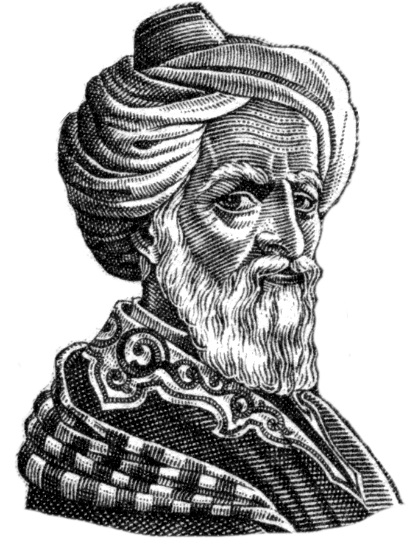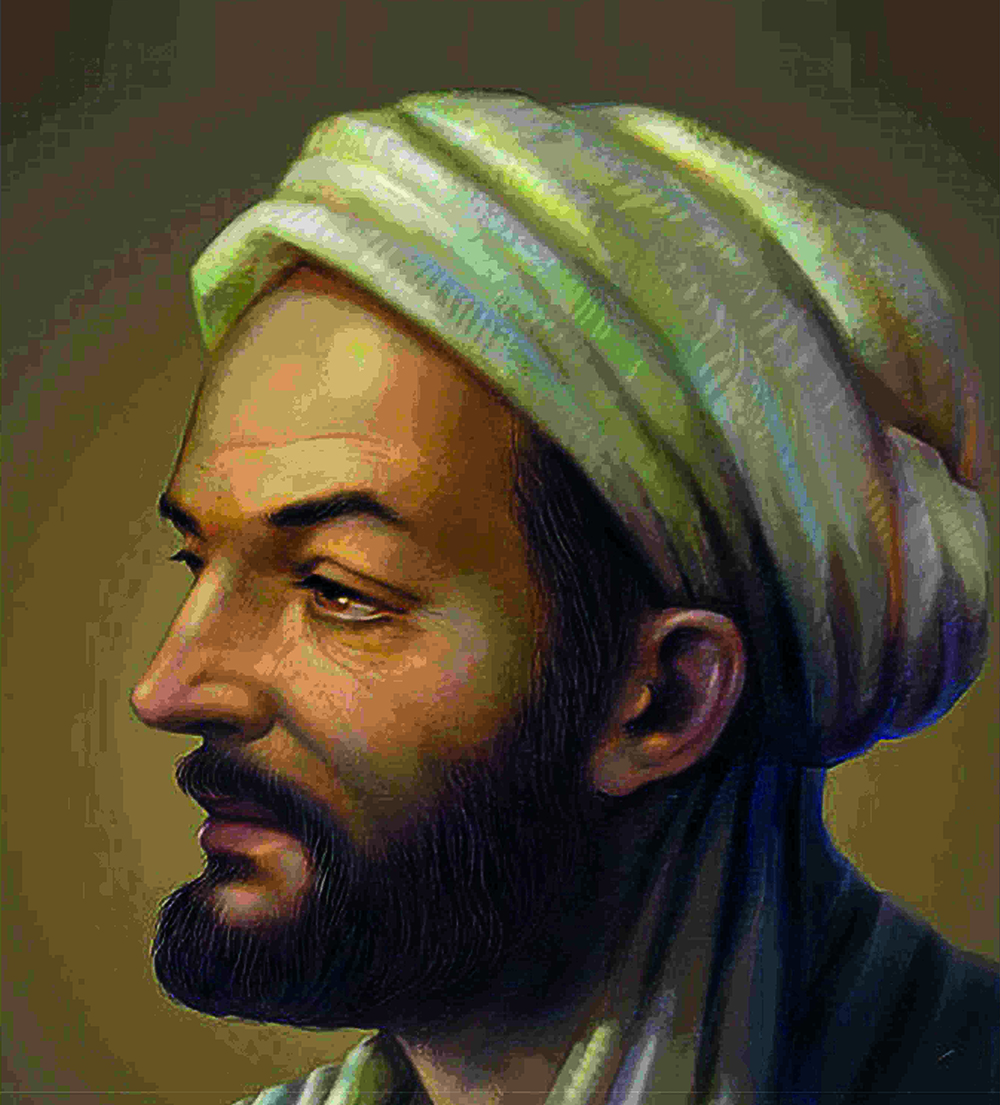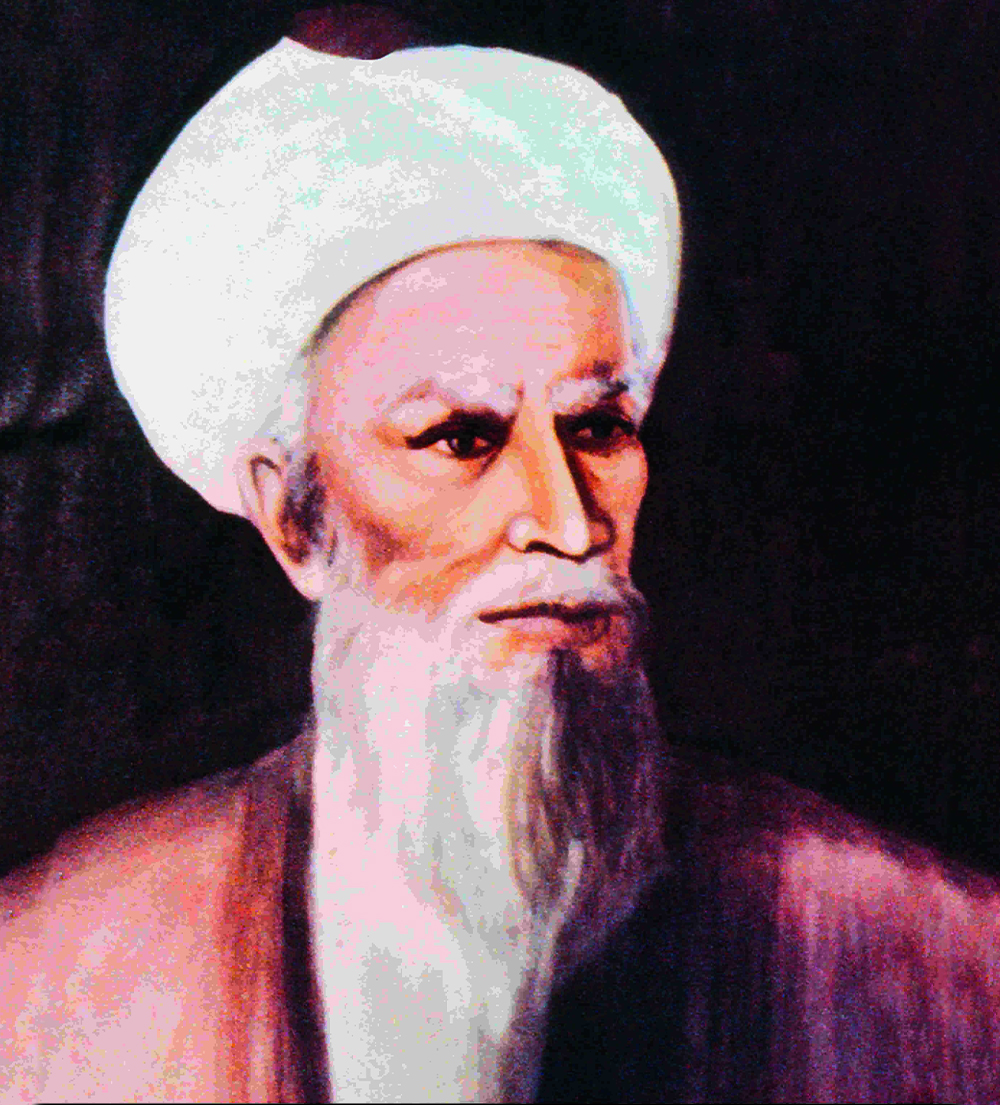History
Famous Muslim Philosophers / Scientists / Physicians & Surgeons

Al - Zahrawi
936 - 1013 A.D.
Abu- Al-Qasim Khalaf Ibn AI- Abbas Al- Zahrawi, popularly known as Al-Zahrawi, was born in the city of Azahara, Al-Andalus (Spain). Was an Arab Muslim physician and surgeon who lived in Al-Andalus. He lived most of his life in Cordoba. It is also where he studied, taught and practiced medicine and surgery. He is considered the greatest medieval surgeon to have appeared from the Islamic VWorld, and has been described as the father of surgery. His principal work is the “Kitab al-Tasrif”. His pioneering contributions to the field of surgical procedures and instruments had an enormous impact in the East and West well into the modern period, where some of his discoveries are still applied in medicine to this day. He was the first physician to describe an Abdominal pregnancy a sub type of ectopic pregnancy, and the first physician to identify the hereditary nature of haemophilia. Al-Zahrawi specialized in curing disease by cauterization. He invented several devices used during surgery, for purposes such as inspection of the interior of the urethra, applying and removing foreign bodies from the throat inspection of the ear etc.

Ibn Sina (AVICENNE)
980 - 1037 A.D.
Abu Ali Al-Hussain Ibn Sina was born in 980 A.D. at Afshana near Bukhara (Uz- bekistan). The young Abu Ali received hid early education in Bukhara, and by the age of ten, had become well versed in the study of the Quran and various sciences. He started studying philosophy by reading various Greek, Muslim and other books on this subject, and learnt logic and some other subjects from Abu Abdallah Natili, a famous philosopher of the time, While still young, he attained such a degree of expertise in medicine that his renown spread far and wide.
Ibn Sina also contributed to mathematics, physics music and other fields. He was the most famous physician, philosopher, encyclopedist, mathematician and astronomer of his time. His major contribution to medical science was his famous book ” Al-Qanun”, known as the “Canon” in the west. The ” Qanum fi Al-Tibb” is an immense encyclopedia of medicine extending over a million words.

Abu Bakr Muhammed Ibn Zakariya Al - Razi (Rhazes)
854 - 925 C.E.
Abu Bakr Muhammed lbn Zakariyya Al- Razi, also known by Latinized name Rhazes or Rasis (854-925 CE). Razi was born in the city of Ray, His nisba, Razi means “from the city of Ray” in Persian. It is located on the southern slopes of the Alborz mountain range situated near Tehran, Iran. The first to produce acids such as sulfuric acid, writing up limited or extensive notes on diseases such as smallpox and chickenpox, a pioneer in ophthalmology, author of the first book on pediatrics, making leading contributions in inorganic and organic chemistry. He was a Persian polymath, physician, alchemist, philosopher, and important figure in the history of medicine. He also wrote on logic, astronomy and grammar. After his death, his fame spread beyond the Middle Eastto Medieval Europe, and lived on.

Ibn Al - Baitar
Died 1248 A.D.
Abu Muhammed Abdallah lbn Ahmed Ibn Al- Baitar Dhiya Al-Din Al-Malagi was one of the greatest scientists of Muslim Spain and was the greatest botanist and pharmacist of the Middle ages. He was born in the Spanísh city of Malaqa (Malaga) towards the ends of the 12th century. He learned botany from Abu Al-Abbas Al-Nabati, a learned botanist, with whom he started collecting plants in and around Spain. In 1219 A.D, he left Spain on a plant-collecting expedition and travelled along the northen coast of Africa as far as Asia Minor. His researchers on plants extended over a vast area including Arabia and Palestine, which he either visited or managed to collect plants from stations located there. He died in Damascus in 1248 A.D. Ibn Baitar’s major contribution,” Kitab Al-Jami fi- Adwiya Al-Mufrada, is one of the greatest botanical compilations dealing with medicinal plants in Arabic, It enjoyed a high status among botanists up to the 16th century and is a systematic work that embodies earlier works, with due criticism, and adds a great part of original contribution.

Ibn Bajah
1080- 1138 A.D.
Spain’s first philosopher, physician, astronomer and musicologist
The first Spanish philosopher, Abu Bakr Muhammed Ibn Yahya Ibn Bajah, is commonly known as Ibn Bajah in Muslim world, and best known by his latinised name in Europe Avempace and Avenpace.
Abu- Bakr Muhammed Ibn Yahya Ibn Al- Sayigh ( Known as Ibn Bajjah), was an Andalusian- Arab Muslim Polymath: an Astronomer, Logician, Musician, Philosopher, Physician, Physicist, Psychologist, Botany, Poet and Scientist.
His ancestors were goldsmiths. That is why he is known as Ibn Bajah and Ibn Saigh, because the meanings of both these words are the same. Ibn Bajah was born in the famous Andalusian city of Sargossa, probably in 1080 AD, The year of birth is not certainly known.
He was the famous author of the Kitab-al- Nabat ( The book of Plants), a popular work on Botany, Which defines the sex of Plants.
Ibn Bajah was a writer, poet and also a memorizer of the Qur’an. But is fame is generally in the philosophical sciences. Every one of his biographers has recognized him as a genius of Philosophy, Ibn Bajah enjoyed the same status in the West which Abu Nasr Al Farabi and Ibn Sina enjoyed in the East. In Europe, St. Thomas Aquinas was greatly influenced by Ibn Bajah.
He wrote many praiseworthy poems in honor of Abu Bakr Ibn Ibrahim Sahrawi, the chief of Sargossa, and as a reward for this, the chief made him his minister, although due to his philosophical views, the people disliked his ministry. So, when Abu Bakr Ibn Ibrahim once sent him as his ambassador to the service of emad-ud-Din Ibn Hud, he imprisoned him and even tried to kill him. When Ibn bajah came to know about this, he got away and saved his life. Meanwhile, Alfonso I invaded sargossa, during which time Ibrahim Sahrawi died. When the Christians took over Sargossa, Ibn Bajjah was forced to leave his homeland. He stayed in Balnia for few days and then went to Seville. During his stay there, he started writing books on logic. One of these books is still available in the library of Escorial.
Later he went to Granada. After living there for some time, he moved to Morocco. He died in Persia in 1138 AD.

Abu Ali Hasan Ibn Al - Haitam
965 - 1040 A.D.
Abu Ali Hasan Ibn Al-Haitham was one of the most eminent physicists, whose contributions to optics and the scientific methods are outstanding. Known in the West as Alhazen, Ibn Al-Haitham was born in 965 A.D. in Basrah, and was educated in Basrah and Baghdad. Thereafter, he went to Egypt, where he was asked to find ways of controlling the flood of the Nile. Being unsuccessful in this, he feigned madness until the death of Caliph al-Hakim, He also travelled to Spain and during that period, he had ample time for his scientific pursuits, which included optics, mathematics, physics, medicine and the development of scientific methods. On each of these topics, he has left several outstanding books.
Abu Ali Hasan Ibn Al-Haitham was one of the most eminent physicists, whose contributions to optics and the scientific methods are outstanding. Known in the West as Alhazen, Ibn Al-Haitham was born in 965 A.D. in Basrah, and was educated in Basrah and Baghdad. Thereafter, he went to Egypt, where he was asked to find ways of controlling the flood of the Nile. Being unsuccessful in this, he feigned madness until the death of Caliph al-Hakim, He also travelled to Spain and during that period, he had ample time for his scientific pursuits, which included optics, mathematics, physics, medicine and the development of scientific methods. On each of these topics, he has left several outstanding books.
Ibn Al-Haitham made a through examination of the passage of light through various media and discovered the laws of refraction. He also carried out the first experiments on the dispersion of light into its constituent colors. His book “Kitab-al-Manazir” was translated into Latin in the Middle Ages, as well as his book on “The Colors of Sunset”. He contradicted Ptolemy’s and Euclid’s theory of vision and not in the eye. Through these extensive researches on optics, he has been considered as the father of modern optics. Abn Al-Haitha’s influence on physical sciences, in general and optics, in particular, has been held in high esteem and infact, it ushered in a new erain optical research, both in theory and practice.
